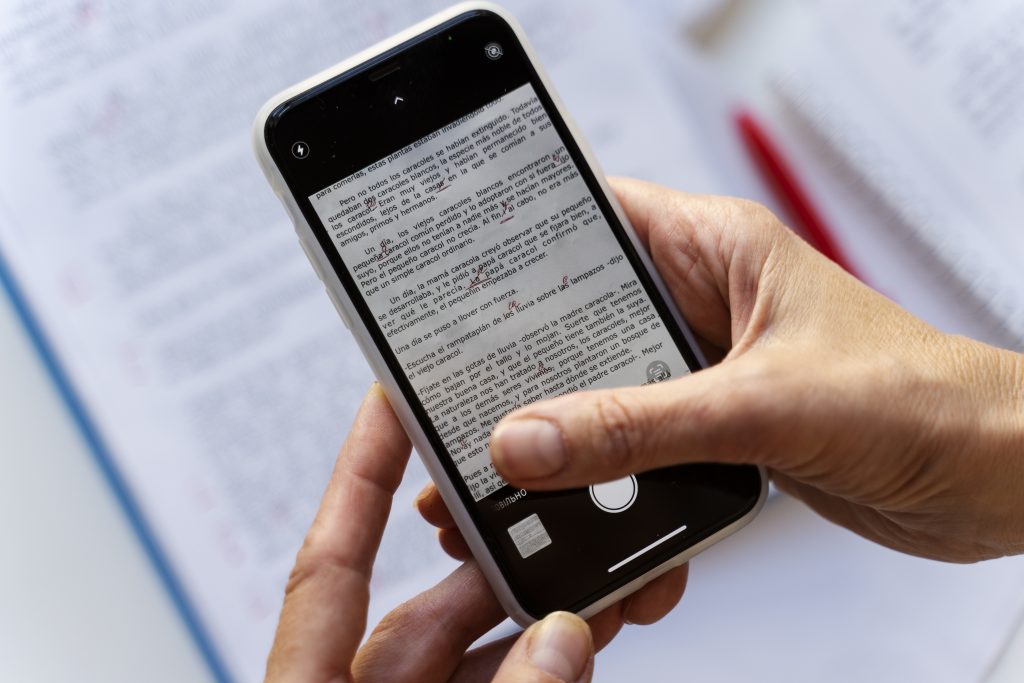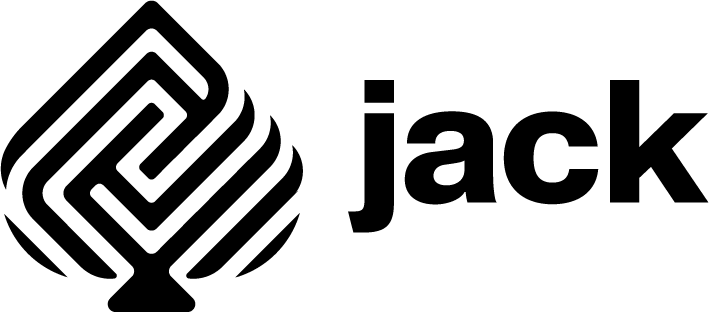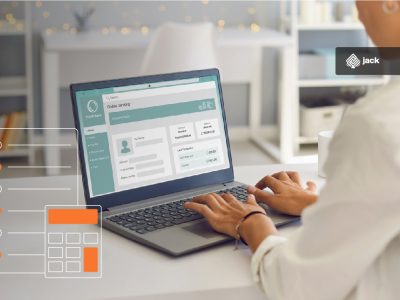In today’s digital age, you might take it for granted that you can scan a document, search a photo for text, or even use your banking app to scan an account number. But behind these simple actions lies a powerful technology known as Optical Character Recognition, or OCR. This article will break down what OCR is, how it works step by step, and how it’s revolutionising both business processes and everyday life.
What is OCR?

OCR, or Optical Character Recognition, is a technology that converts images containing text such as scanned documents, receipts, or photographs into machine-readable, editable, and searchable text. While a human can easily read text from an image, a computer cannot unless the content is digitally extracted. That’s where OCR comes in.
Imagine receiving a scanned PDF from a client. You can read the content, but you can’t copy or edit the text because it’s just an image. OCR acts like a brain that interprets and converts those images into usable text data, enabling actions like copy-paste, keyword search, and even automated analysis.
Everyday Use Cases
OCR is already part of your daily digital experience. Think of:
- Document scanner apps that convert photos into searchable PDFs.
- Google Lens, which can identify text from a street sign or restaurant menu.
- Banking apps that scan invoice numbers or account codes.
These applications all use OCR to enhance speed, accuracy, and convenience.
The Step-by-Step Process: How OCR Works
Understanding OCR means understanding the stages that transform a basic image into readable and editable text. Here’s how it works:
1. Pre-processing
Before recognising characters, OCR systems prepare the image to ensure accurate reading. This phase includes:
- De-skewing: Straightening tilted or misaligned images so that the text appears horizontally aligned.
- De-speckling: Cleaning up random dots or visual noise that might confuse the system.
- Normalisation: Adjusting brightness, contrast, and resolution to standardise image quality across documents.
These enhancements significantly improve OCR accuracy.
2. Segmentation
Once the image is clean, it’s segmented or broken down into:
- Text blocks
- Lines of text
- Words
- Individual characters
This segmentation is crucial, as it allows the system to isolate each character for accurate recognition.
3. Character Recognition
Here’s where OCR gets exciting turning images into text. There are two primary methods used:
- Pattern Matching (Template Matching)
The system compares each character image with a library of stored templates (e.g., Arial, Times New Roman). It’s fast and works well with standard fonts. However, it struggles with unfamiliar fonts or handwriting. - Feature Detection (Structural Analysis)
This advanced method breaks down each character by its features lines, curves, intersections, and more. It’s highly accurate and can handle varied fonts, handwriting, and custom characters.
4. Post-processing
After recognising characters, OCR software performs a review to improve accuracy:
- Spell-check using dictionaries: For example, if OCR mistakenly reads “h3llo” instead of “hello”, the system uses language context to correct it.
- Contextual analysis: It checks for patterns in spacing, grammar, and punctuation.
This phase turns raw recognition into reliable digital text.
Benefits and Applications of OCR
OCR isn’t just a business tool it’s a productivity booster for everyone. But let’s explore its key advantages, especially in business environments:
- Automation of Data Entry
Companies can extract information from invoices, receipts, ID cards, or handwritten forms without manually typing it out.
- Increased Efficiency
Tasks that used to take hours, like sorting and indexing documents, can be completed in minutes with OCR-powered tools.
- Better Accessibility
Documents that were previously locked in image or scan formats become searchable and editable, helping employees access critical information faster.
- Cost Savings
By reducing manual data entry errors and labour hours, OCR can significantly lower operational costs.
- Compliance and Record Management
In industries like healthcare and finance, OCR helps digitise paper records, improving compliance and audit-readiness.
Real-World Industries Benefiting from OCR
- Healthcare: Digitising medical records, prescriptions, and insurance claims.
- Banking and Finance: Extracting data from checks, contracts, and account forms.
- Logistics and Supply Chain: Processing shipping labels and inventory tags.
- Education: Scanning books and research papers for digital libraries.
- Government Services: Digitising archives, birth certificates, and legal documents.
Understanding how OCR works gives us a glimpse into one of the most transformative technologies of our time. It’s not just about turning images into text it’s about unlocking the potential of information trapped in physical or image-based documents.
Whether you’re a business owner looking to improve data workflows or a student scanning textbooks for easier study, OCR is the invisible force making your tasks faster, smarter, and more efficient.
So, the next time you scan a document and instantly find a word with Ctrl+F, remember the powerful process running in the background that’s OCR in action.
Use Jack for Your Business Needs
As a leading provider of custom software financial management solutions in Indonesia, Jack offers an all-in-one financial operations platform built to simplify and automate corporate finance workflows.
From the Corporate Card that allows real-time tracking and budget control for team expenses, to International Transfer for fast, flat-fee cross-border payments, and Local Transfer for instant domestic fund transfers to banks or e-wallets, Jack unifies key financial functions in one streamlined ecosystem.
Other standout products include Pay Invoice for automated invoice settlement, Payroll for effortless employee salary distribution, and Reimbursement that enables simple expense claims through photo uploads and digital approval flows.
Jack doesn’t just offer tools it prioritises real-time control, process efficiency, and audit-readiness. With full transaction visibility via a centralized dashboard and regulatory oversight by Bank Indonesia, businesses gain financial agility and peace of mind.
Whether you’re a growing startup or an established enterprise, Jack is your tailored partner for seamless, secure, and smart financial management in Indonesia.






